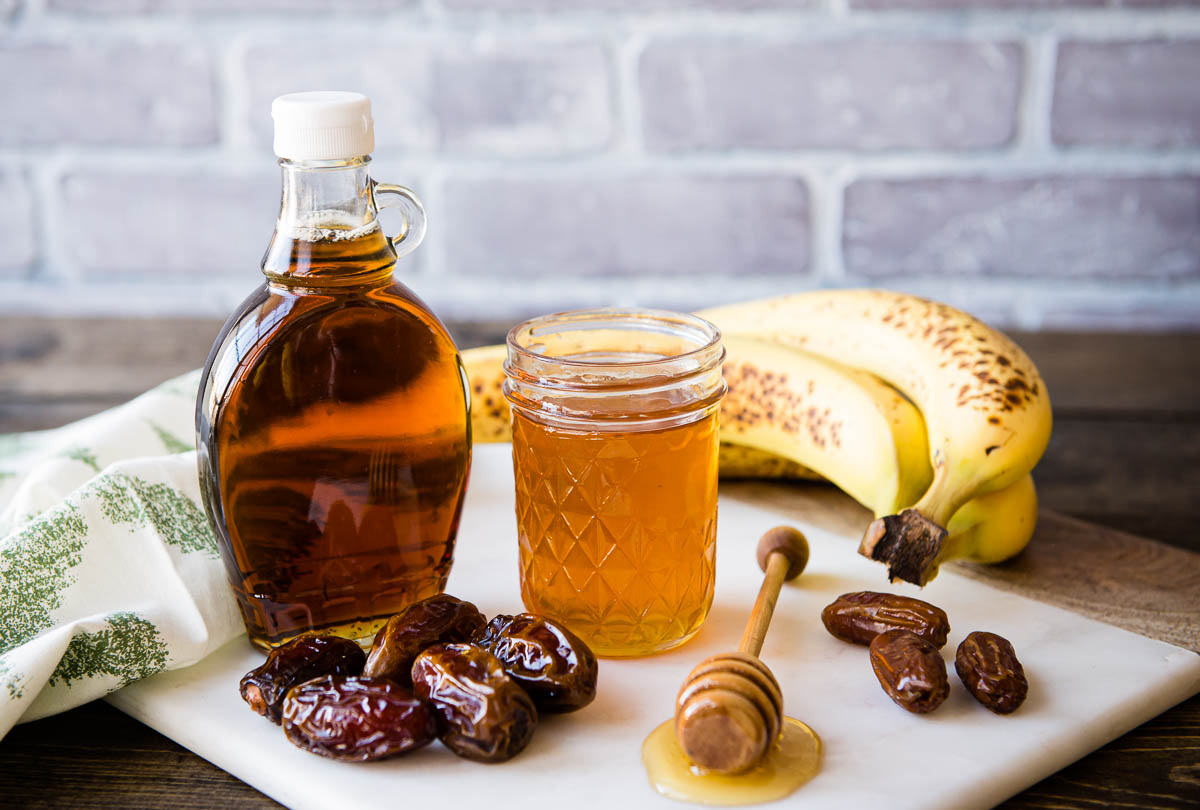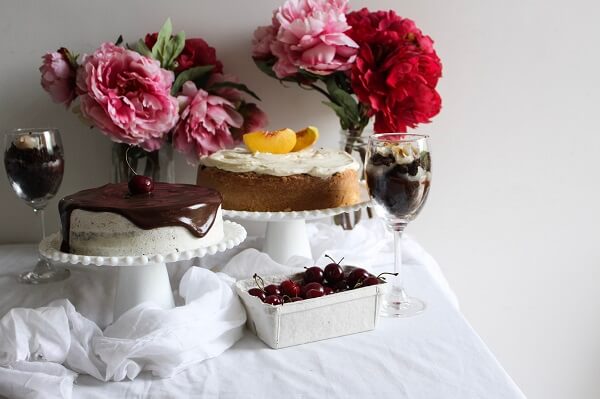Sugar-free baking is gaining popularity, whether for health reasons, dietary restrictions, or simply making desserts with more wholesome ingredients. But sugar is more than just a sweetener—it impacts texture, moisture, and structure. Removing it from a recipe requires understanding its role and finding the right alternatives. We’ll explore how sugar functions in baking, the best natural and artificial alternatives, how to use them effectively, and the science behind making sugar-free desserts taste just as good as traditional ones.

Why Remove Sugar from Baking?
Health Benefits
Excess sugar consumption is linked to weight gain, diabetes, heart disease, and inflammation. Many people reduce sugar to maintain stable blood sugar levels, improve gut health, and support overall well-being.
Dietary Restrictions
People following specific diets like keto, low-carb, or diabetic-friendly meal plans avoid sugar to keep carbohydrate intake low. Some individuals also have sensitivities to sugar and prefer natural alternatives.
Natural Ingredient Preference
Many bakers prefer using less-processed ingredients in their desserts. Natural sweeteners like dates, bananas, or honey contain fiber and nutrients, making them a more wholesome option.
The Role of Sugar in Baking

- Sweetness
The primary function of sugar is, of course, to provide sweetness. When replacing sugar, the alternative should offer a similar level of sweetness without overpowering or altering the flavor profile of the dessert.
- Moisture Retention
Sugar is hygroscopic, meaning it attracts and holds onto moisture. This helps keep cakes, muffins, and cookies soft. Without sugar, baked goods can dry out quickly, so replacements should help retain moisture.
- Structure & Texture
Sugar weakens gluten formation in flour, resulting in tender baked goods. It also contributes to a fine crumb structure in cakes and cookies. Sugar substitutes may require adjustments in ingredients to maintain softness and structure.
- Caramelisation & Browning
When sugar is heated, it caramelises, adding golden-brown color and deep flavor to baked goods. This reaction, known as the Maillard reaction, contributes to the appealing crust of cookies and cakes. Without sugar, some sugar-free desserts may look pale and unappetizing

Best Sugar Substitutes for Baking
Natural Sweeteners

- MAPLE SYRUP– A deep, rich sweetener that works well in cakes and muffins. Naturally sweet and slightly floral, honey adds moisture to baked goods. However, it is sweeter than sugar
- DATES PASTE– Made by blending dates with water, this natural sweetener is high in fiber and adds caramel-like flavor to brownies, muffins, and cookies.
- COCONUT SUGAR– Similar to brown sugar in texture and taste, it has a lower glycemic index but behaves almost like regular sugar in recipes.
- BANANA & APPLE SAUCE – Pureed fruits add natural sweetness and moisture but may slightly alter the flavor. These are ideal for cakes, muffins, and pancakes.
Sugar Alcohols
- ERYTHRITOL – Almost as sweet as sugar but with a slight cooling aftertaste. It works well in cookies, cakes, and muffins but doesn’t caramelize.
- SORBITOL & MALTITOL – Less commonly used but still effective in sugar-free baking. They provide moisture and sweetness without the full impact of sugar.
Plant-Based Sweeteners

- STEVIA– A zero-calorie sweetener that’s 200–300 times sweeter than sugar. It works best in small amounts but can have a slightly bitter aftertaste.
- MONK FRUIT– A plant-based sweetener with no calories and a mild taste, making it a good alternative for cookies and cakes.
How to Replace Sugar in Recipes
1. Adjust Liquid Content If using liquid sweeteners like honey or maple syrup, reduce the overall liquid in the recipe to maintain the correct batter consistency.
2. Use a Binder Since sugar provides bulk, replacing it with alternative sweeteners may require the addition of eggs, yogurt, or nut butters to maintain structure.
3. Increase Leavening Agents Sugar contributes to the rise of baked goods. When using sugar substitutes, you may need to slightly increase the amount of baking powder or baking soda.
4. Compensate for Color & Flavor Since sugar aids browning, sugar-free desserts can appear pale. Brushing pastries with milk or butter before baking can help create a golden crust.
Baking sugar-free desserts is about balancing sweetness, moisture, and structure. While refined sugar is multifunctional, the right combination of natural and artificial sweeteners allows you to create delicious, healthier alternatives without compromising taste. With a little experimentation, you can enjoy guilt-free treats that taste just as satisfying as traditional desserts. Happy baking!

 Hello. I'm Shivesh Bhatia, a food blogger and food stylist from Delhi, India. Welcome to Bake With Shivesh, where I'll help you create magic in your kitchens with my simple recipes.
Hello. I'm Shivesh Bhatia, a food blogger and food stylist from Delhi, India. Welcome to Bake With Shivesh, where I'll help you create magic in your kitchens with my simple recipes.
Leave a Reply